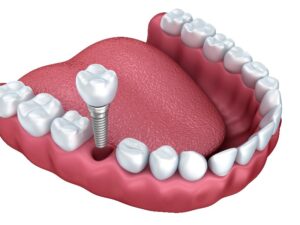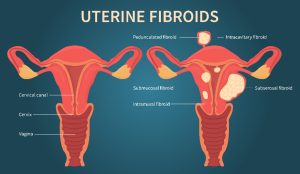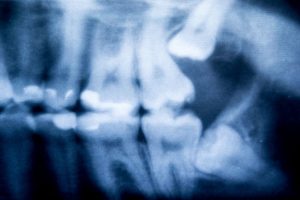Having a complete set of teeth not only contributes to a beautiful smile but plays a significant role in our overall health and quality of life. Missing teeth, or even just one tooth can lead to difficulty in eating, speaking, and even socializing. Fortunately, dental technology has come a long way, and dental implants have become the top solution in restoring lost teeth. In this blog, we will discuss Parker’s guide to dental implants, how they work, and how they can transform your smile.

What are dental implants?
Dental implants are surgical components inserted into the jawbone to replace the root of the missing tooth. These implants are designed to fuse with the bone and function as a stable and durable base for the crown. Implants are typically made of titanium, considered the most biocompatible material within the body.
Benefits of Dental Implants
Dental implants have changed the game for tooth replacement. Unlike other solutions like dentures or bridges, dental implants can provide long-lasting and natural-looking results that are virtually indistinguishable from natural teeth.
One of the biggest benefits of dental implants is their ability to stimulate the jawbone’s growth and prevent bone loss. Without the tooth root present, the jawbone can begin to deteriorate and weaken, leading to changes in your face’s appearance. Dental implants prevent bone loss by mimicking the natural tooth root’s structure and encouraging bone growth.
Process of Dental Implants
The process of dental implants requires a thorough consultation with a dental professional who specializes in implants. During this consultation, the dentist will take a comprehensive evaluation of your condition and map out a personalized implant treatment plan.
The process of getting dental implants often involves two surgeries, first to place the implant and the second to place an abutment and tooth crown. The surgery is generally done under local anesthesia and can be completed in one visit, depending on your personalized treatment plan.
After Care and Maintenance for Dental Implants
Caring for dental implants is similar to caring for natural teeth; however, as they don’t decay, they have a longer lifespan. Proper oral hygiene, including brushing twice a day, flossing daily, and attending regular dental checkups and cleanings, can help prolong the lifespan of your dental implants.
Dental implants provide an innovative and life-changing solution for individuals who have missing teeth. At Parker, we believe It’s never too late to restore your confidence and transform your smile. If you have missing teeth, let the best Parker dental implants specialist guide you through the process of restoring your teeth with dental implants. Contact us today to book a consultation.







